Writing from the Body’s Point of View
I’m a bit behind in my writing and photography. I’ve had three topics in mind to write about and a slew of photos from my trip to Arizona to edit but I haven’t had the energy to do anything with any of it. To force my way out of this brain-dead silence and lack of caring enough to start, I am starting. No promises of brilliance or even a nice story arc from crisis to personal growth.
If I was writing in chronological order, I would start with the story of my trip to Arizona. But no, I am starting with a more recent event as it is most fresh in my mind. Given that my mind resembles cheese with mold covering it, I am picking my least moldy section of thought.
Last Friday and Saturday, I took a writing class with Lidia Yuknavitch. The Loft, which is our local Twin Cities writing haven, had invited Lidia to do a reading on Thursday night and to teach the class that I attended.
The Friday and Saturday class was called “The Erotics of Writing.” The title frightened me as much as Lidia Yuknavitch did. During the reading and class, I soon learned that Lidia was no one to be afraid of, but before meeting her, all I knew about Lidia was what was between the covers of two books of hers that I’d read — “The Chronology of Water,” which is her memoir, and “The Small Backs of Children,” which is one of her novels.
Her writing both drew me in with its imagery and rawness and repelled me with its explicitness. Her writing seemed to come from somewhere unadorned by needing to smell and look and be perceived in a certain way. Her books are not in chronological order and they don’t follow the usual formula of having everything wrap up nice and neat by the end. Isn’t that a bit more like real life? Which may be why we long for our books to be more tidy.
I won’t quote the words from Lidia’s books that ripped me open. That would reveal more about myself than I’m willing to tell. I’ll just say that her books touched a raw something in me. Like this paragraph from “The Small Backs of Children,”
“For the opening, you decide to move in slow motion and black-and-white. An excruciatingly beautiful girl gone to woman, walking. A girl who has toppled over into woman, her lips already in a pout between yes and no, her torso and ass breaking faith. Moving down a tree-lined city sidewalk. Fall. Her coat pulled up to the flush of her cheeks. Her hands stuffed down into pockets. Her hair making art in the wind.”
Not everyone will like Lidia’s writing. There were sections that I thought, “Too much” or wanted to turn away from. But I didn’t. Because there was recognition there, and I couldn’t look away.
When writing directly about something is too difficult, Lidia suggested in class that we come at it figuratively. She said that often writing that way gets closer to the truth than writing about “what happened.” For example, in “The Chronology of Water” Lidia wrote about collecting rocks to tell the story of a stillbirth. It’s a matter of looking for the sensory truth of an event instead of just describing the actions, she told us.
One of the exercises we did in class was to write about a secret our body was holding. Once we’d done that, we were to write about the secret the secret was holding. The point being that often we have blind spots right next to what we know and if we can find those blind spots and write about them, we will find the deeper story, the deeper truth.
We did several free-writing sessions during the class, responding to prompts that Lidia gave us that urged us to write from our bodies. For someone like me who doesn’t want to be in her body, whose body often betrays her with panic and pain and fatigue, this wasn’t easy. Sometimes, trying to be in my body and think from that point of view brings on shortness of breath, spasms and a coldness that makes my whole being tighten in shivers. But the thing about Lidia and the students and the space we were in — it felt safe to at least give this a try.
One of the exercises we did was to close our eyes and scan our bodies for the place that was calling for attention in some way, a place where our minds lingered. Once we had found that place, we were to write about it or write from the viewpoint of that part of the body. Lidia talked about why it’s important to bring our bodies into our writing. She said it is important to tell our story the way we see it and feel it.
When we did that exercise, it was my stomach that I landed on. It is often the place where I feel my emotions and where my muscles are drawn tight like the tension a bow feels when the arrow is pulled back.
I wrote about how I used to dare boys in the neighborhood to punch me in the stomach. It was my way of proving I couldn’t be hurt. One of the paragraphs I wrote was,
“Her mouth opened in a silent scream — a Hitchcock girl on a muted television. Then came the folding, the doubling over that forced the air out of her lungs in a woosh. Being tough was no longer the point of this game. She didn’t know it yet, but she was preparing for the rest of her life.”
We so often are told that the only way to deeply experience life is to buy our experiences. We see commercials that trigger our senses instead of going out into the world and discovering all the sensual experiences that are free for the taking. Imagine if you were in your body fully experiencing life all the time? It would be too much, so it’s probably good it’s not possible. But still, the idea of trying to do this throughout a normal day is intriguing.
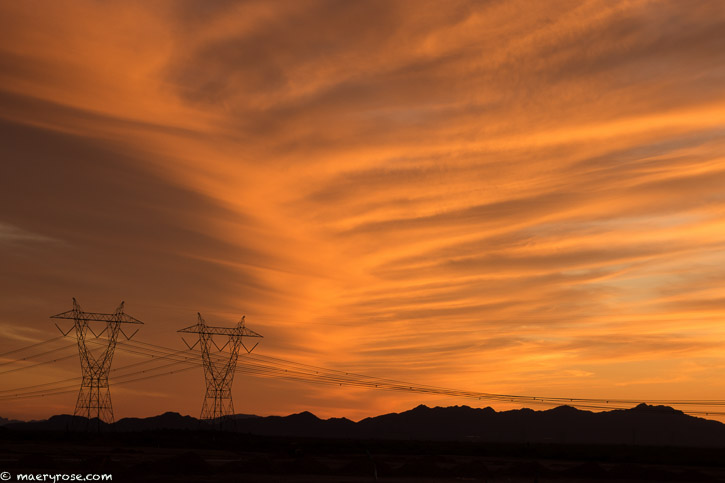
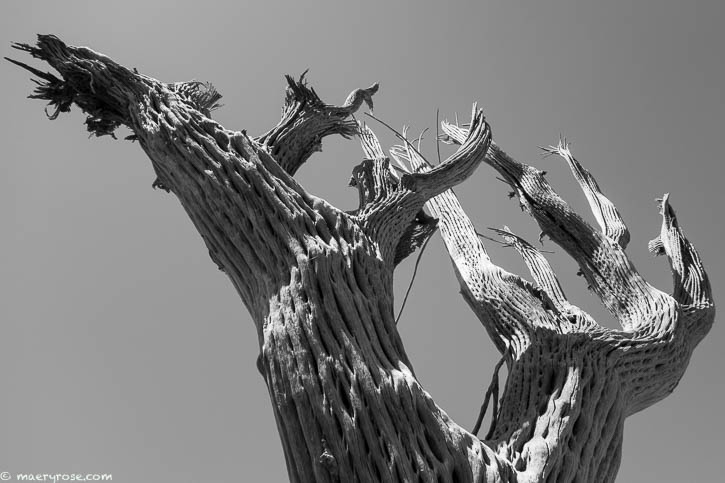
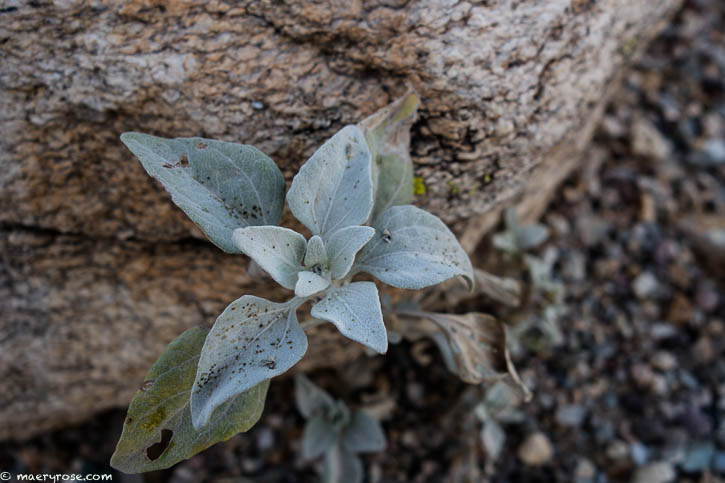
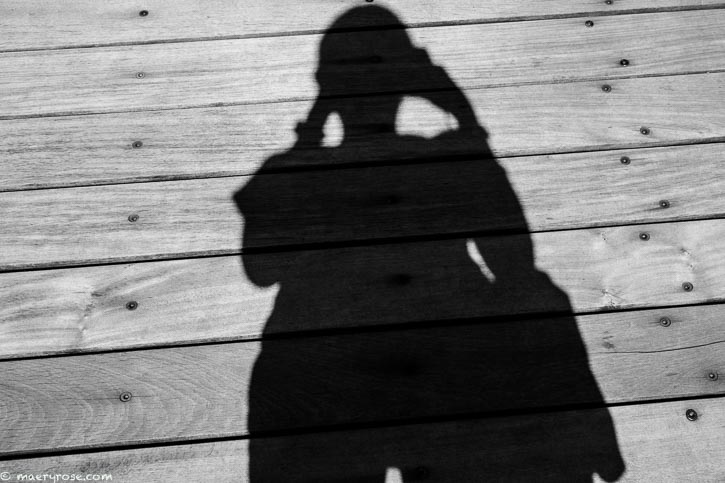

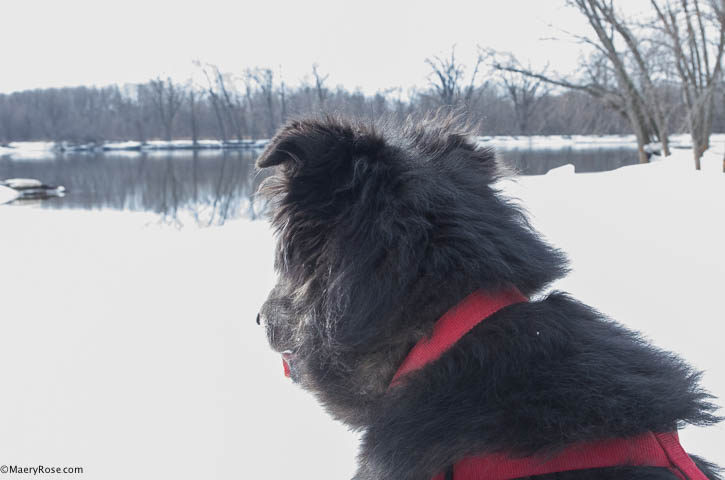
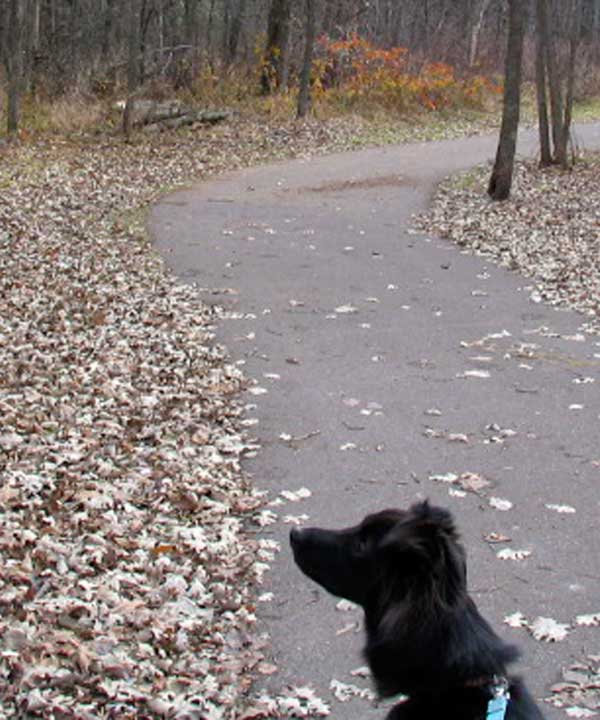
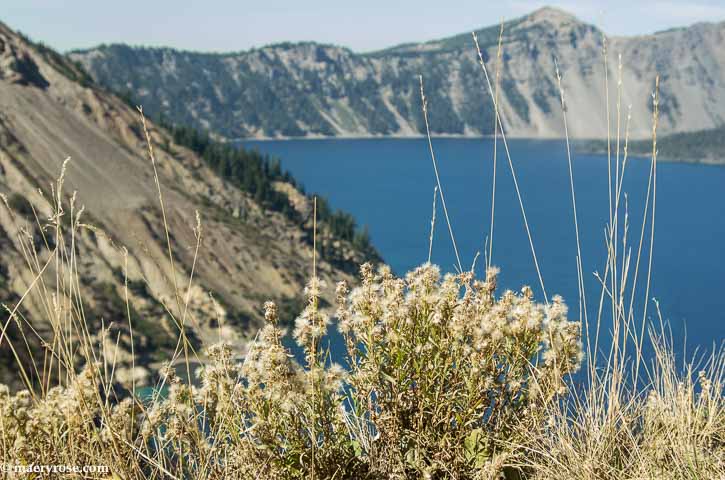
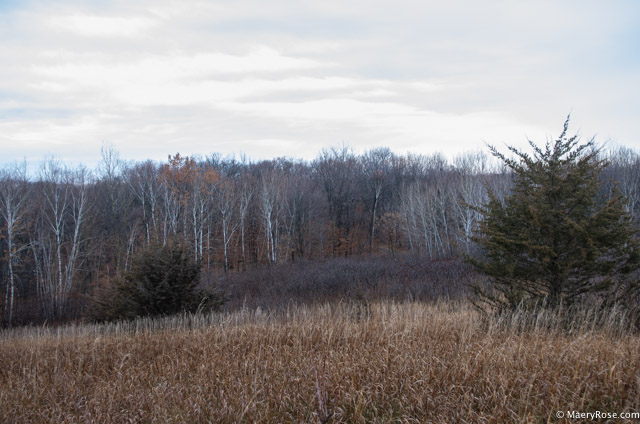
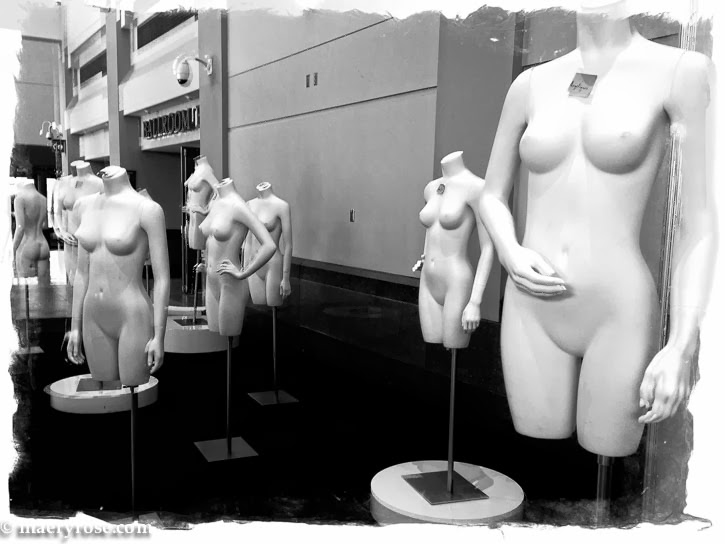
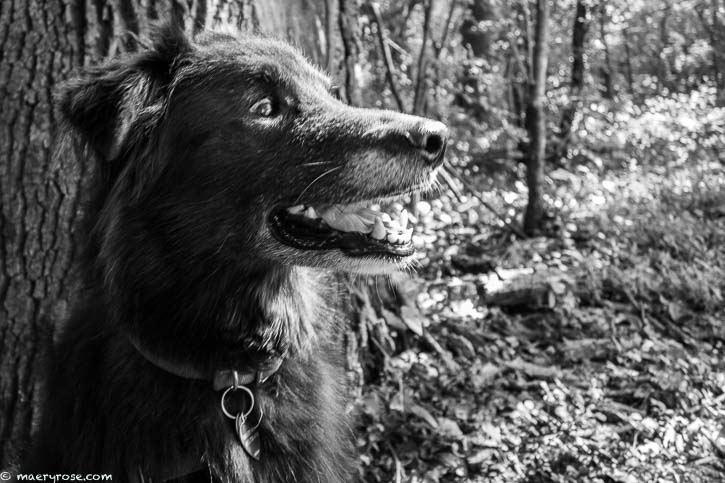
Love this post and the idea of writing from the body’s point of view. I should give that a try as I spend far too much time in my head. Thanks for sharing more of your beautiful photos. I also appreciate them and feel they add another layer of meaning to your writing.
Excellent!
Maery besides the amazing AZ photos I was intrigued by this exercise. I really must give it a go….it sounds most revealing.